
It’s not that I don’t like flowers. I just prefer leaves. When I look at a plant, foliage is what first catches my eye. I’m intrigued by rich textures and bold forms, so I guess that’s why so many plants I grow have big, blowsy, patterned leaves. When it comes to foliage, bigger is definitely better in my book.
Searching for large-leaved plants, I’ve found that many tropical and subtropical plants perform nicely as annuals here in the Delaware Valley (USDA Hardiness Zone 6). And for fantastic foliar effects, one group really stands out—elephant’s ears, named for their giant leaves.
I first discovered these fast-growing, leafy mammoths when I was given a softball-size bulb of the commonly available elephant’s ear Colocasia esculenta, also known as C. antiquorum. The only advice I got was to plant the bulb at the back of the border. After about two months, several long, green fingers poked up from the back of the bed and soon unfurled into huge, wrinkled leaves the size of a parasol. When I saw how much impact the immense foliage made, I was hooked on these monsters.
Plants are compact in sun, airy in shade
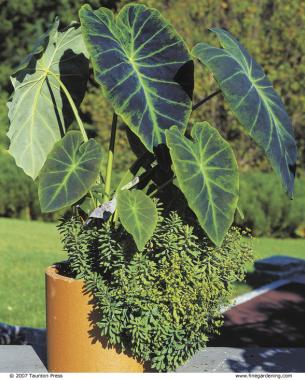
One thing I really like about elephant’s ears is their flexibility. They like full sun, but will take some shade. They thrive in a border if their roots have ample room to run, and they’re equally thrilled in a container. They also compete happily for space in less roomy environments. However, while other plants may compete with elephant’s ears beneath the soil, these brutes will win any struggle for light and soon shade out shorter, less light-hungry plants.
In full sun, elephant’s ear creates a robust yet compact plant—4 or 5 feet in height and spread—with large leaves borne on stout stalks about twice the length of the leaves. With more shade, the stalks elongate—often to two or more times their normal height—and the size of the leaves decreases.
Take a closer look and you’ll notice an outstanding detail of these plants. The underside of each leaf is imprinted with a prominent network of swirling, interconnected veins, as if the green tissue had been marbleized.
Elephant’s ear at a glance

- Elephant’s ear is a common name given to plants of several genera—including Alocasia, Colocasia, and Xanthosoma—with large leaves resembling the ears of elephants. These plants are also commonly known as taro, cocoyam, and dasheen.
- Native to tropical Asia, they are all members of the arum family (Araceae).
- Commonly considered bulbs, elephant’s ears are actually tubers that often form colonies by sending out runners or by producing secondary tubers.
- They grow in full sun or light shade. In shady sites, their stalks elongate as they seek the sun. Most prefer a rich, well-draining soil, although some will tolerate wet feet.
- Most are hardy only to USDA Hardiness Zone 9. In cooler climates, elephant’s ear is best grown as a tender perennial in borders, as a specimen, or in container plantings.
The foliage reveals rich textures and colors
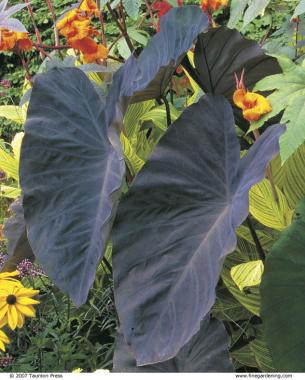
Plants commonly called elephant’s ears come from several genera, including Colocasia, Alocasia, and Xanthosoma, and are all members of the arum family (Araceae). They are often referred to as bulbs but are actually tubers. I grow numerous elephant’s ears at Chanticleer, a public garden in Wayne, Pennsylvania. Here’s a quick review of some of my favorites.
One of the most vigorous elephant’s ears, Xanthosoma sagittifolium bears doormat-size leaves on plants that grow to 5 feet tall and 4 feet wide. It can easily colonize an area of up to 25 square feet in a single season and send out runners as far as 20 feet. It grows quickly in the spring and keeps up that pace until frost. I routinely wind up weeding out some of the new plants each summer. There are cultivars of this plant in several color forms, all characterized by their long (in proportion to the leaves) stalks. They also have a pale dusting, called bloom, on leaf surfaces, as if someone had dusted them with talc. One of my favorite cultivars is the aptly named ‘Chartreuse Giant’. Its bright sulfur-yellow stalks are topped with leaves of the same color, and the talc-like dusting of that pale bloom looks like lemon sorbet.
Known as giant taro, Alocasia macrorrhiza grows up to 4 feet tall in a season here. Its deep-green leaves are thick, almost leathery, and marbled. This species increases by forming side bulbs at the base of the mother bulb. Each new lateral bulb produces its own plant, so a single bulb soon increases to quite a clump. By early summer, one bulb will produce four or five bulblets. But unless you twist them off and replant them elsewhere, the deep shade of the mother plant keeps the bulblets from growing taller than about 18 inches.
Of shorter stature is Colocasia esculenta ‘Illustris’, which grows to about 36 inches tall. Its shiny, almost black foliage unfurls in the morning sun like dark satin. Also commonly known as imperial taro, this plant increases by runners throughout the season but is not as vigorous as Xanthosoma sagittifolium.
I like C. esculenta ‘Fontanesii’ for its wonderful contrasts. The plant’s 30-inch-long, deep-purple stalks support dark green, purple-veined leaves. I’ve found that variegated plants combine especially well with this vigorous elephant’s ear.
One elephant’s ear I’d never want to be without is C. esculenta ‘Black Magic’, also sold as ‘Jet Black’. Rising to about 36 inches, its deep-purple stalks suspend luxurious leaves of the same color. When the leaves’ undersides are dusted with chalky-looking bloom, they have an intriguing, almost gray look. This plant does well in a bog or even in the margins of a water garden, as well as in average garden soil.
Choose companions with boldness or delicacy
With their massive leaves, elephant’s ears can be tricky to site. In a border, I place them first, then work in other plants by playing with textural and color combinations. I especially like growing elephant’s ears in containers so I can move them easily. They look quite striking on the edge of a patio or deck.
Cannas (Canna spp. and cvs.) are one group of plants that happily coexist with elephant’s ears. Both have similar soil and light needs, and cannas have a vertical growth habit to help them compete with the elephant’s ears’ light-greedy leaves.
Subtle combinations can work as well. I’ve used a perennial sedge—a small, white-variegated form (Carex siderosticha ‘Variegata’) that reaches only about 10 inches in height—as a ground cover beneath giant taro.
Rich soil encourages vigorous growth
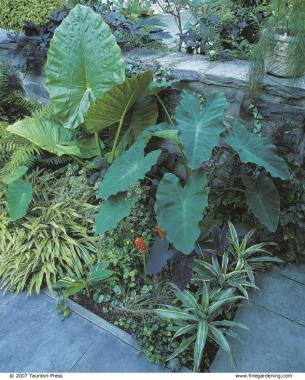
Elephant’s ears grow quickly and are voracious feeders, so they thrive in any rich garden soil as long as they get plenty of water. An inch a week is good, but 1½ or 2 inches is even better. Compost and richly organic, moisture-retentive soil will ease those demands a little. When planting elephant’s ears, I work into the surrounding soil about one cup of dry fertilizer per bulb—either a 5-10-5 or a 10-10-10 product—to make sure the roots have enough food.
In pots, elephant’s ears need ample room—anything smaller than 18 inches across and deep is too small and will restrict root growth. Half whiskey barrels work well. At planting time, I fill the bottom half of the container with compost, which helps retain moisture and provides ballast when those big leaves shimmy in the wind. As a simple rule of thumb, I plant the bulbs about twice as deep as the bulb’s height. I use a standard potting mix for the top half.
In fall, let frost kill the foliage, then dig the bulb
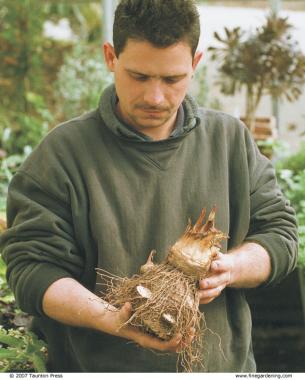
Elephant’s ears are generally not hardy anywhere colder than Zone 9, so I treat them like other summer-blooming bulbs. I let frost kill the top growth, then dig up the bulbs and dry them in open shade. Soon they look shriveled, and any clinging soil dries up and falls off with the roots. Then I hang them in well-ventilated sacks in a dry, cool (about 50°F) place. Because a mass of bulbs holds moisture better than a single one, I don’t divide the bulblets riding piggyback until springtime, when I simply twist them free.
When spring arrives—late March for us—I plant the bulbs in 1- or 2-gallon pots and put them in a greenhouse to give them an early start. I position them so that any remnants of last year’s stem rise above soil level. Since the bulbs have no roots at this point, I water them once and don’t douse them again until leaves emerge. Once they’re sprouting, I feed plants with a 20-20-20 fertilizer— diluted to half the recommended rate—every two or three weeks. When they’re fully growing, I boost the feeding to the recommended rate.
Though elephant’s ears may only grow to 12 or 14 inches in a pot indoors, the roots will quickly fill the container, slowing top growth. But the leaves will take off again when plants are transplanted into the garden or to a larger pot placed outdoors.
My infatuations with other plants may come and go, but I’ll probably always grow elephant’s ears. Besides their own merits, I like them for the kick they give to other plants, whether used as a background detail, a structural element, or a specimen plant. Judging performance based on time and money invested, few plants offer such an enjoyable return.
Fine Gardening Recommended Products

ARS Telescoping Long Reach Pruner
Fine Gardening receives a commission for items purchased through links on this site, including Amazon Associates and other affiliate advertising programs.
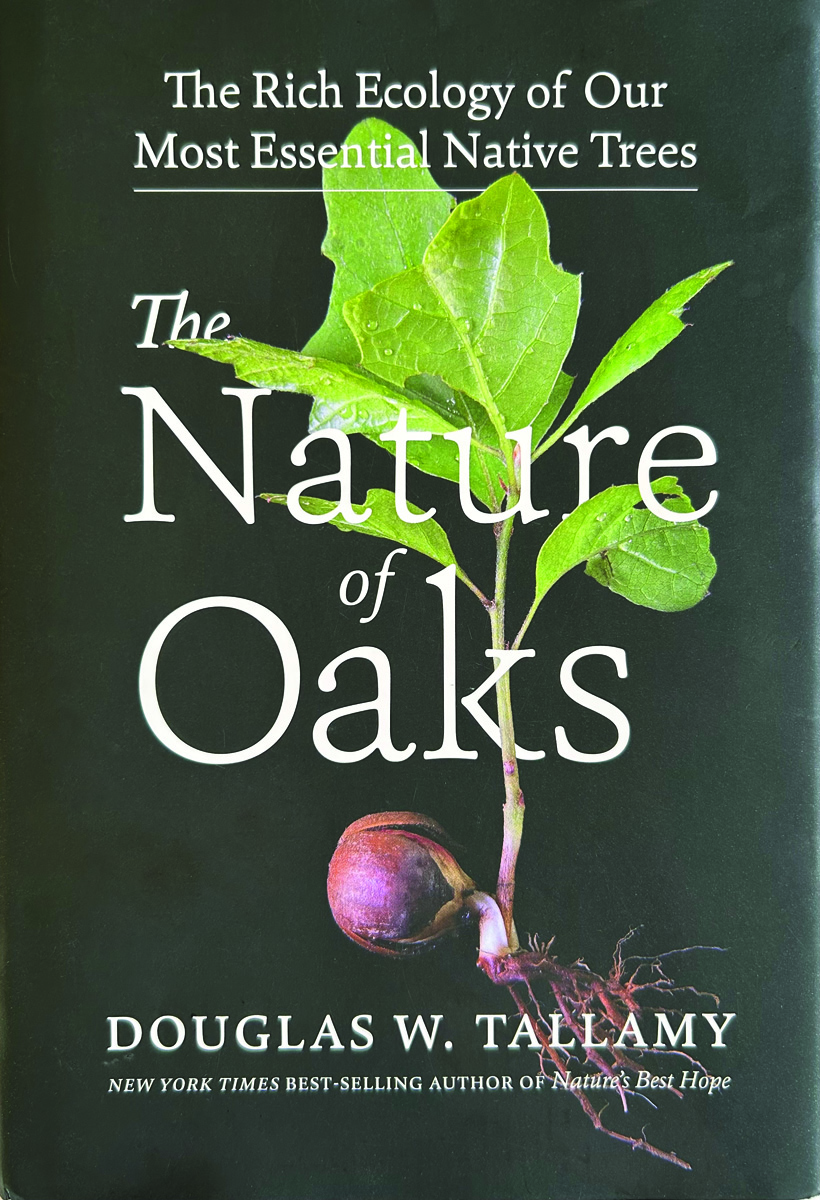
The Nature of Oaks: The Rich Ecology of Our Most Essential Native Trees
Fine Gardening receives a commission for items purchased through links on this site, including Amazon Associates and other affiliate advertising programs.
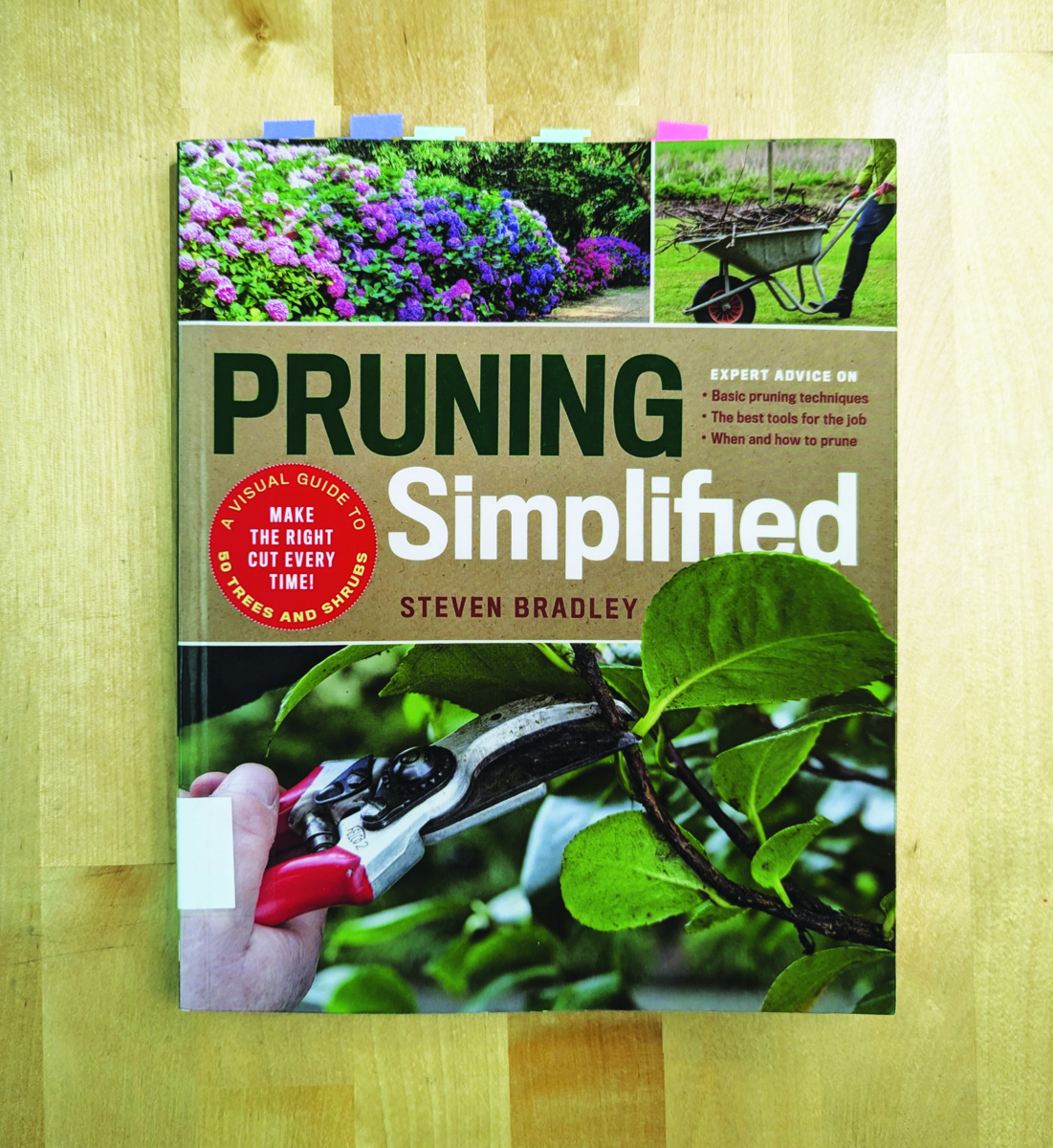
Pruning Simplified: A Step-by-Step Guide to 50 Popular Trees and Shrubs
Fine Gardening receives a commission for items purchased through links on this site, including Amazon Associates and other affiliate advertising programs.

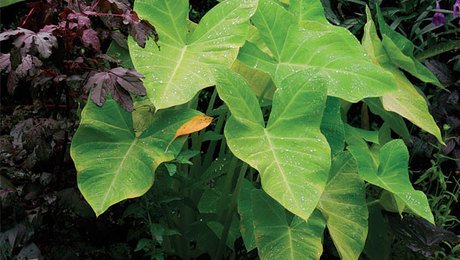
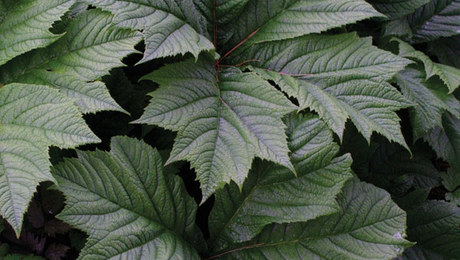

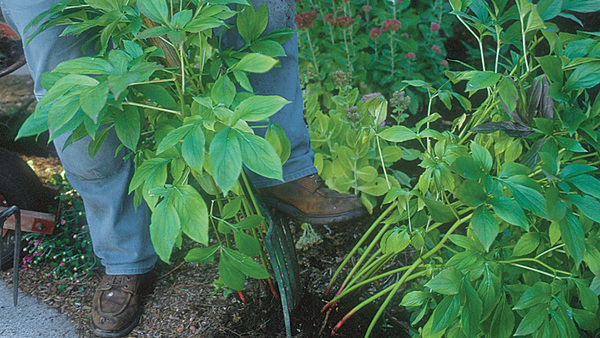
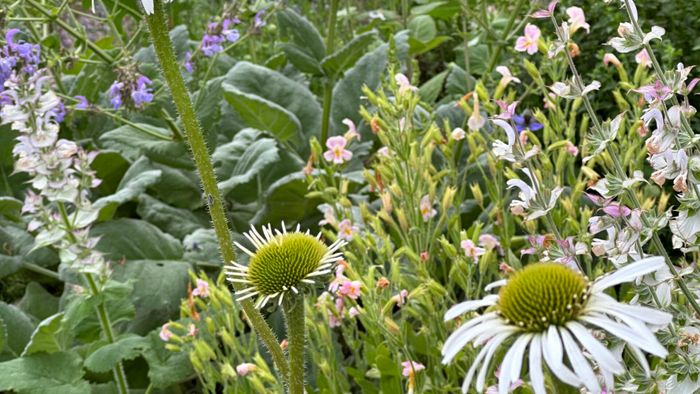
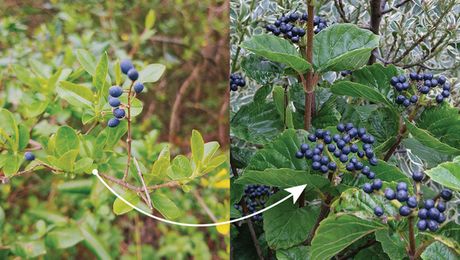
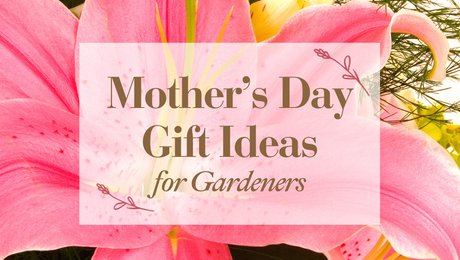










Comments
Great article here must be people have to like read it and getting the most information about the garden forever looking the how do i fix connections for bluetooth audio devices and wireless displays in windows 10 all information here abd save all setting of windows device here so thanks a lot for the update.
Log in or create an account to post a comment.
Sign up Log in